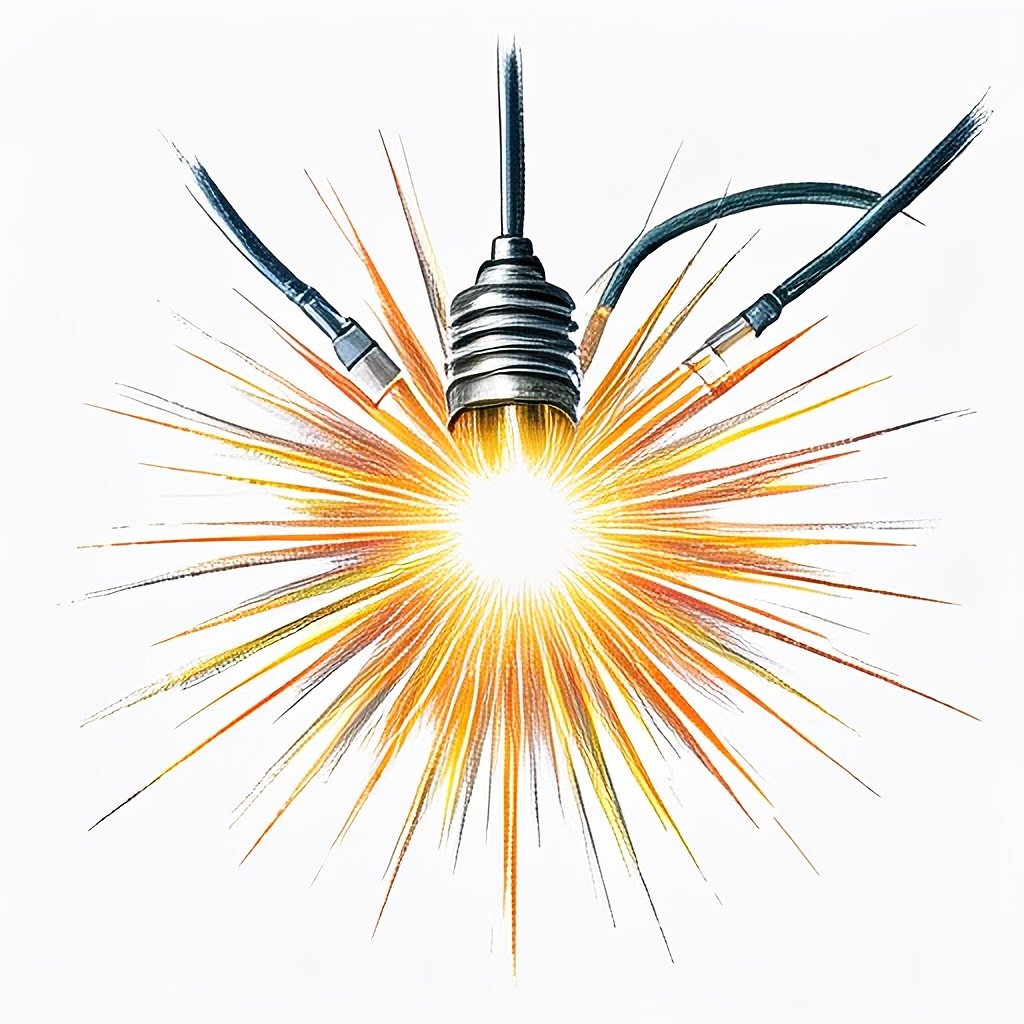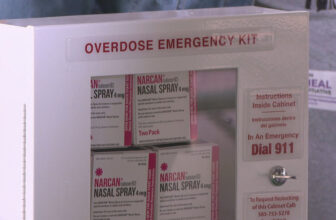Understanding and Treating Refractory Migraines
Migraine headaches are miserable. In addition to the pain and other associated symptoms that migraine sufferers experience, they are unpredictable. At any time, a migraine might result in a missed day of work or a missed event with friends and family. For patients with frequent migraines, they can make planning anything almost impssible.
For patients with chronic refractory migraines, the challenges go above and beyond. These patients have persistent, disabling headaches which do not respond to conventional preventative treatments, leaving people feeling trapped in daily pain and struggling to maintain any reasonable quality of life.
Now, there’s hope on the horizon with a new minimally invasive treatment option being offered at Stony Brook Medicine. “Intra-arterial lidocaine infusion” is a promising approach to relieve symptoms, reduce disabling headache days and improve the effectiveness of preventative and abortive migraine treatments.
What Is a Refractory Migraine?
Refractory migraines are a severe and treatment-resistant form of migraine. They don’t respond to preventive treatments, making them particularly difficult to manage. These migraines are characterized by persistent and frequent symptoms, with severe headaches occurring eight or more days per month, resulting in significant disability.
Unlike episodic migraines or even chronic migraines that may respond to typical interventions like pain relievers or triptans, refractory migraines don’t relent. They disrupt work, relationships and daily life, creating a sense of hopelessness for those who endure them.
How Common Are Refractory Migraines?
It’s estimated that 2-12 million people in the U.S. are affected by refractory migraines, translating to 5-30 percent of chronic migraine sufferers. Certain factors, such as a long history of migraines, overuse of headache medications, or underlying neurological conditions like depression or anxiety, increase the likelihood of developing this condition.
Symptoms of Refractory Migraines
Refractory migraines share many symptoms with typical migraines, including:
- Intense, throbbing headaches, often focused on one side of the head
- Sensitivity to light (photophobia) and sound (phonophobia)
- Vision loss or visual disturbances
- Nausea and/or vomiting
The key difference, however, is the stubborn persistence of these symptoms. Despite attempts to alleviate them, they persist, often growing worse over time, leading to increased emotional distress and frequent emergency room visits.
Treatment Options for Refractory Migraines
Managing refractory migraines usually requires a personalized, multi-faceted approach. This includes a combination of established treatments and innovative therapies like intra-arterial targeted lidocaine infusion. Treatment options for refractory migraines include the following:
1. Medication Adjustments
Medications often need to be tailored specifically for refractory migraine sufferers. Options include:
- Preventive drugs like anti-seizure medications and CGRP inhibitors
- Acute treatments, such as triptans or dihydroergotamine (via IV) during severe attacks
2. Non-Pharmacological Therapies
Lifestyle modifications and integrative therapies can also play a vital role in managing symptoms:
- Cognitive behavioral therapy (CBT) can help address migraine-related stress and anxiety
- Acupuncture and massage therapy may provide temporary symptom relief
- Biofeedback or mindfulness techniques can reduce migraine frequency
3. Advanced Therapies
Botox
This is an FDA- approved treatment for the prevention of migraines in individuals who suffer from headaches at least 15 days out of every 30, at least a few of which are migraines, despite treatment with at least two oral preventative agents.
It is delivered by injection to the head and neck area every three months. The risks of Botox include injection site pain, which is minor and of short duration, and weakness of the neck. Such weakness is rare and reversible when it does occur. The majority of people receiving this treatment experience a reduction is both the frequency and severity of migraines.
Other advanced treatments include Botox injections, which are FDA-approved for reducing migraine frequency, and nerve stimulation devices that target pain signals non-invasively.
IA Lidocaine
This outpatient procedure involves an infusion of lidocaine (numbing medication, similar to what a dentist uses to numb up your teeth and gums before a procedure) directly into the middle meningeal arteries (MMA). The MMAs are the blood vessels that supply the outer coverings of the brain, a pain-sensitive area thought to be responsible for migraine headaches in some patients. The infusion of the numbing agent into the MMA allows us to provide a very high dose of the medication directly at the potential site of the problem.
The infusion is accomplished using a catheter (similar to a standard IV) placed though an artery near the right wrist. The procedure takes approximately 30 minutes. We do these procedures with some light sedation to ensure that the patients are comfortable throughout. We also give numbing medication (local anesthesia) at the right wrist before we place the catheter.
In many patients, the lidociaine infusions provide an immediate relief of headache symptoms. In some patients, this relief can last for a month or longer. Patients have reported that the infusions not only reduce their headache severity and frequency, but that it enhances the effectiveness their other migraine medications.
This intra-arterial catheter-based method stands out for its precision and convenience. It may significantly reduce headache days and enhance functionality for many people. This is offered at Stony Brook Medicine, in the Department of Neurological Surgery.
When to Seek Medical Attention
If migraines are taking over your life, it’s time to seek help. Consult a specialist if you experience:
- Frequent, severe headaches that don’t respond to typical treatments
- Pain that interferes with daily activities or responsibilities
- Persistent or worsening symptoms, such as numbness, vision changes or weakness
Refractory migraines don’t have to define your life. With innovative solutions like lidocaine infusion and a dedicated team of experts, relief is within reach. Stony Brook Medicine’s Cerebrovascular & Comprehensive Stroke Center offers cutting-edge treatments and personalized care to help you get back to doing what you love.
Don’t wait to take the next step. Call 631-444-2599 (option 4 for neurology) to schedule a consultation today and discover how we can help you find lasting migraine relief.

Director of the Stony Brook Cerebrovascular Center
Co-Director of the Stony Brook Cerebrovascular and Comprehensive Stroke Center
Professor of Neurosurgery and Radiology
Dr. David Fiorella is considered a pioneer in the field of neuro-interventional therapies, advancing new devices and techniques for the treatment of Cerebrovascular disease. He spearheaded the acquisition of 2 Mobile Stroke units for Stony Brook University Hospital, the first program in Suffolk County. He is a senior member of the Society for Neuro-interventional Surgery (SNIS) and senior associate editor of the Journal of Neurointerventional Surgery.







